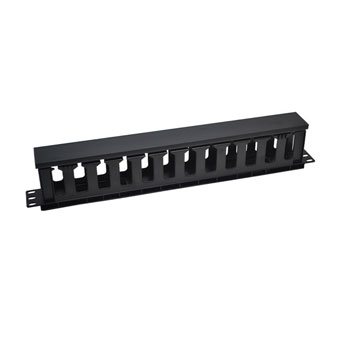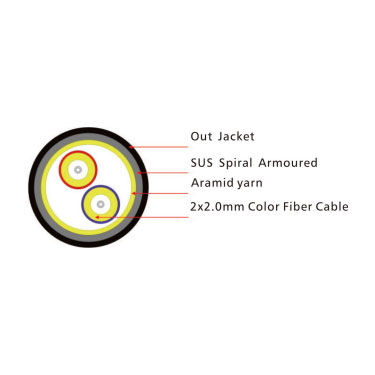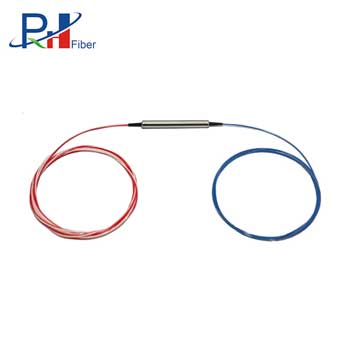I. About Industrial Ethernet Switches
Industrial Ethernet switches are a useful device for providing power and data transmission to connected network devices.PoE effectively eliminates the need for a separate power supply to power Ethernet switches. A wide range of styles, sizes and types of PoE switches are available. There are two main styles: commercial and industrial. Commercial and industrial switches may differ in port size, unmanaged and managed Ethernet switches.
II. Benefits of Industrial Ethernet Switches
1. Powering and transmitting data through the network: Industrial Ethernet switches power the network and enable network communication through a single Ethernet cable. Industrial Ethernet switches are an effective way to connect networks in a variety of industrial environments where reliable and stable connectivity is critical. Industrial Ethernet switches can be used to power networks of all sizes.
2. Durability and longevity: Industrial Ethernet switches are built to last. They can withstand a wider range of extreme temperature variations than standard commercial Ethernet switches. Commercial Ethernet switches typically work best in temperature-controlled environments that are not subject to moisture. Industrial Ethernet switches are typically capable of operating at temperature extremes of approximately -40°C to 75°C. These durable switches are designed to withstand the elements and can withstand harsh weather.
3. Noise reduction: Industrial Ethernet switches can support twisted-pair and fiber optic cables. Twisted pair cabling is the most common type and is sufficient for distances up to 100m. However, many industrial situations require the use of fiber optic cables. Fiber optic cabling allows for a much longer connection range. Large amounts of electrical noise can interfere with reliable network connections. Fiber optic cables are particularly beneficial for networks in environments with a lot of electrical noise.
4. Unmanaged industrial Ethernet switches for simple networks: Unmanaged industrial switches are well suited for basic low-priority networks. aetek unmanaged industrial Ethernet switches can provide connectivity for five to ten ports. Unmanaged industrial Ethernet switches are capable of basic packet filtering. Unmanaged switches are also a good choice for connecting multiple switches. They tend to cost much less than managed switches.
5. Managed industrial Ethernet switches offer advanced features: Managed Ethernet switches perform all the same functions as unmanaged Ethernet switches; in addition to basic PoE functions, managed Ethernet switches offer advanced network management tools. Some of the advantages of managed industrial Ethernet switches include: improved traffic filtering, network topology and device mapping, network management, troubleshooting and cable diagnostics, industrial protocol management (Ethernet/IP, Modbus TCP, SNMP), enhanced network security.

 EN
EN



